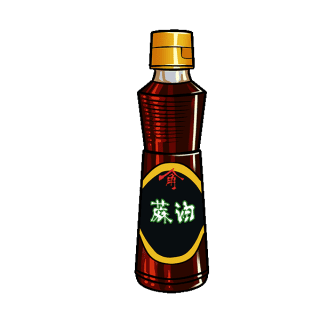Sesame Oil
Obviously given its name, sesame oil is simply oil made from sesame seeds.
Sesame seeds have been cultivated since at least 3,000 BC, where they’re thought to have originally been domesticated in India before spreading both to the Middle East and East Asia. Today, sesame oil can be toasted or cold-pressed. Toasted just means the seeds were roasted beforehand; the resulting flavor is fuller and more robust than cold-pressed sesame oil.
Relative to other cooking oils, sesame oil is thicker, darker, and more flavorful (although there are lighter varieties of sesame oil, too). It has a distinct pungent aroma, and the flavor is strong and nutty. Because of its low burning point and intense flavor, it’s usually not used for frying in the same way more neutral oils like canola or even olive oil are — although cold-pressed can be used for frying more readily than the toasted variety. Instead, sesame oil is usually added to dishes in smaller portions to impart its rich flavor.
Not only is sesame oil used in many dishes, but it’s also a base for other ingredients. For example, Japanese chili oil is made with sesame oil and chilis, and is itself then used as a condiment alongside other foods. And in Korea, a common base for many dishes is sesame oil and gochugaru, or Korean chili powder.
You can find cold-pressed and toasted sesame oils at Uwajimaya in our grocery department.





